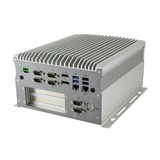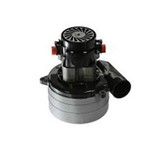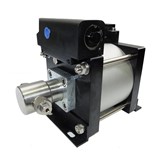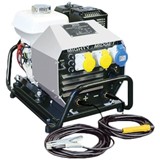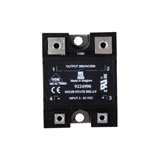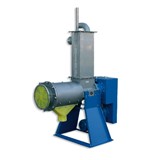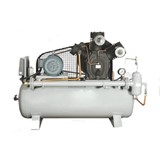The Serial ATA International Organization (SATA-IO) has released a new version of the serial Advanced Technology Attachment (Serial ATA or SATA) targeted at solid state drives (SSD).
Dubbed SATA µSSD, the organisation says: "the specification eliminates the module connector from the traditional SATA interface, enabling developers to produce a single-chip SATA implementation for embedded storage applications".
The specification defines a new electrical pin out that allows SATA to be delivered as a ball grid array (BGA) package that is soldered directly to the motherboard eliminating the connecting module. The connector-module free package is the smallest implementation to date and comes as a result of consumer electronics manufacturers demanding more compact SSDs to fit small form factor devices such as ultra-thin laptops and tablet computers.
SATA-IO says it is developing interoperability tests for µSSD products that will help ensure devices based on the μSSD standard will be compatible across all manufacturers. Products based on the µSSD specification are already available.
SanDisk Corporation, for example, has introduced its µSSD standard-conforming SanDisk iSSD series in a BGA package. The company claims, the BGA package allows for form factors as small as 16mm by 20mm by 1.2mm (up to 32GB) and 16mm by 20mm by 1.85mm (for 128GB) (see picture). Samsung and Toshiba have also expressed support for the standard.
SATA is a computer bus interface for connecting host bus adapters to mass storage devices such as hard disk drives and optical drives. SATA host-adapters and devices communicate via a high-speed serial cable over two pairs of conductors. In contrast, the older parallel ATA format used a 16-bit wide data bus with many additional support and control signals, all operating at much lower frequency.
Parallel ATA remains common in industrial and embedded applications that use CompactFlash storage, although the forthcoming CFast storage standard will also be based on SATA.
In the desktop computer market the interface has achieved around 99 per cent penetration. SATA specifications are available for members to download at no cost. Non-members can purchase the specification for a nominal fee.
Maurizio Spano, Product Sales Manager for the Embedded Computing Group with Advantech Australia, a leader in providing embedded and automation products and solutions, was excited by the release of the new standard.
"SATA technology is already a widely used technology in the industrial embedded computers market," Spano told IndustrySearch.
"Why wouldn’t it be when it allows companies the opportunity to enhance performance and reliability which not only helps to get more out of their computer, but eases troubleshooting for system integrators by eliminating jumpers and simplifying cabling.
"SATA has changed IT as we know it by allowing us to provide Advantech hardware that gives customers the peace of mind that the data will be stored securely and accessed promptly..
"SATA has also given us the opportunity to create other non-mechanical storage media – such as SSD, SATADOMS, SATA slim, and SATA mini PCIe Disk on Module – which enable a more secure way of accessing data."


